| << Chapter < Page | Chapter >> Page > |
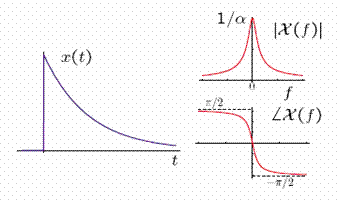
As α increases, the time function decays more rapidly and its duration (as measured by the time constant) decreases. As α increases, the Fourier transform width (as measured by its bandwidth) increases.

Thus, the width of the time function is inversely proportional to the width of the Fourier transform.
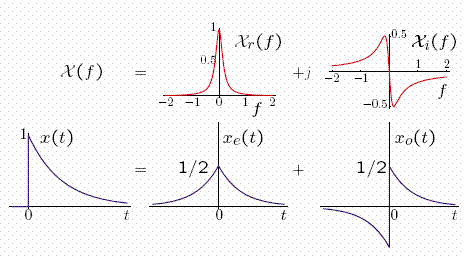
Therefore, we also have that
Where
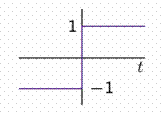
Two-minute miniquiz problem
Problem 16-1 — Fourier transform of a unit step
The Laplace transform of a unit step is
This suggests that the Fourier transform of the unit step is
The Fourier transform of a causal exponential is
This also suggests that the Fourier transform of the unit step is
Explain why this cannot be the Fourier transform of a unit step.
Solution
is an imaginary odd function of f. Hence, it must be the Fourier transform of an odd function of t. The unit step is neither an odd nor an even function of t.
The argument based on the Laplace transform of a step is fallacious because the Laplace transform of the step has a region of convergence that does not include the jω axis. Hence, we cannot simply substitute s = j2πf into the Laplace transform to obtain the Fourier transform. The second argument is fallacious because care has to be taken in evaluating.
7/ Unit step
To obtain the Fourier transform of the unit step we start with the Fourier transform of a causal exponential
and examine the solution as α → 0.
Note that

Note that
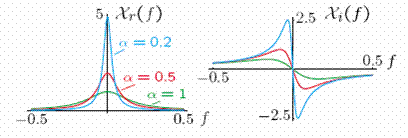
As α → 0, Xr(f) becomes tall and narrow and, as we shall see, its area is 1/2. Hence, as α → 0,
We need to determine the area of Xr(f). Because
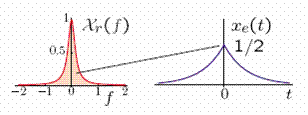
Hence,
Thus, we have
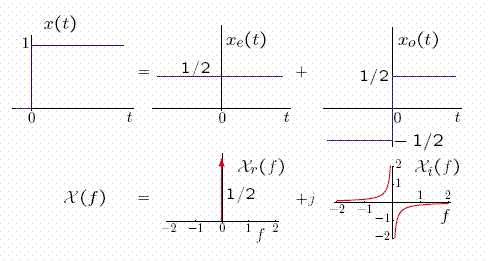
Unit step, bottom line
To summarize,
Thus, if the Laplace transform is evaluated on the edge of the region of convergence, on the jω axis, then there is an impulse in the real part at the location of the pole.
8/ Signum and unit step function — another approach
We illustrate a method for finding Fourier transforms using the Fourier transform properties and the Fourier transforms of simple time functions. Consider the time function x(t) = (1/2)sgn(t).
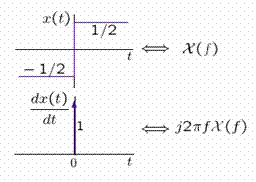
The derivative of x(t) is a unit impulse in time. Differentiation in time is equivalent to multiplying the transform by j2πf.
Hence,
The same approach can be used to find the Fourier transform of the step, x(t) = u(t), if some care is exercised. Note that u(t) = 1/2 + (1/2)sgn(t).

Notification Switch
Would you like to follow the 'Signals and systems' conversation and receive update notifications?